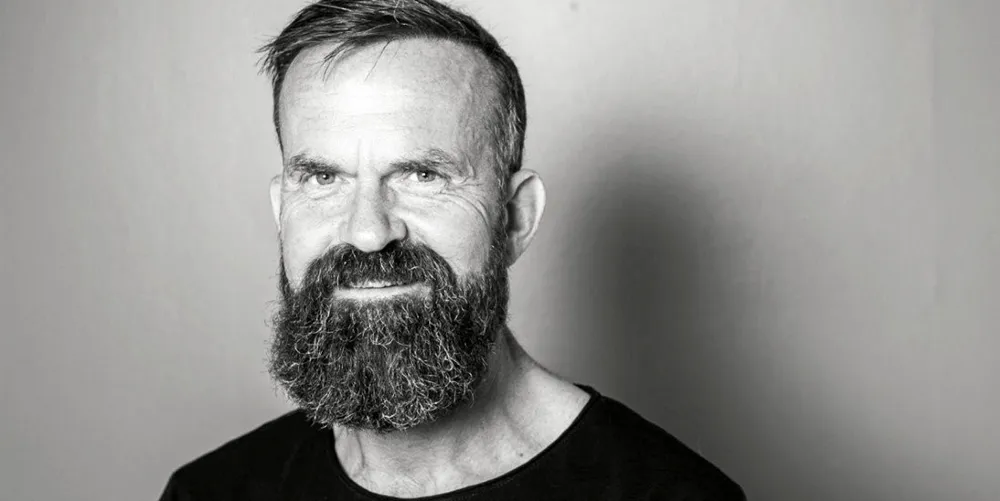'The energy transition is a hearts-and-minds challenge not an engineering one'
Energy companies need to move beyond seeing their customers as 'meters' if they are to build up lines of communication that will support their businesses as the shift from fossils to renewables gathers pace, writes Fridrik Larsen
